Best TVs with ATSC 3.0 tuners
A roundup of the best TVs with built-in NextGenTV hardware
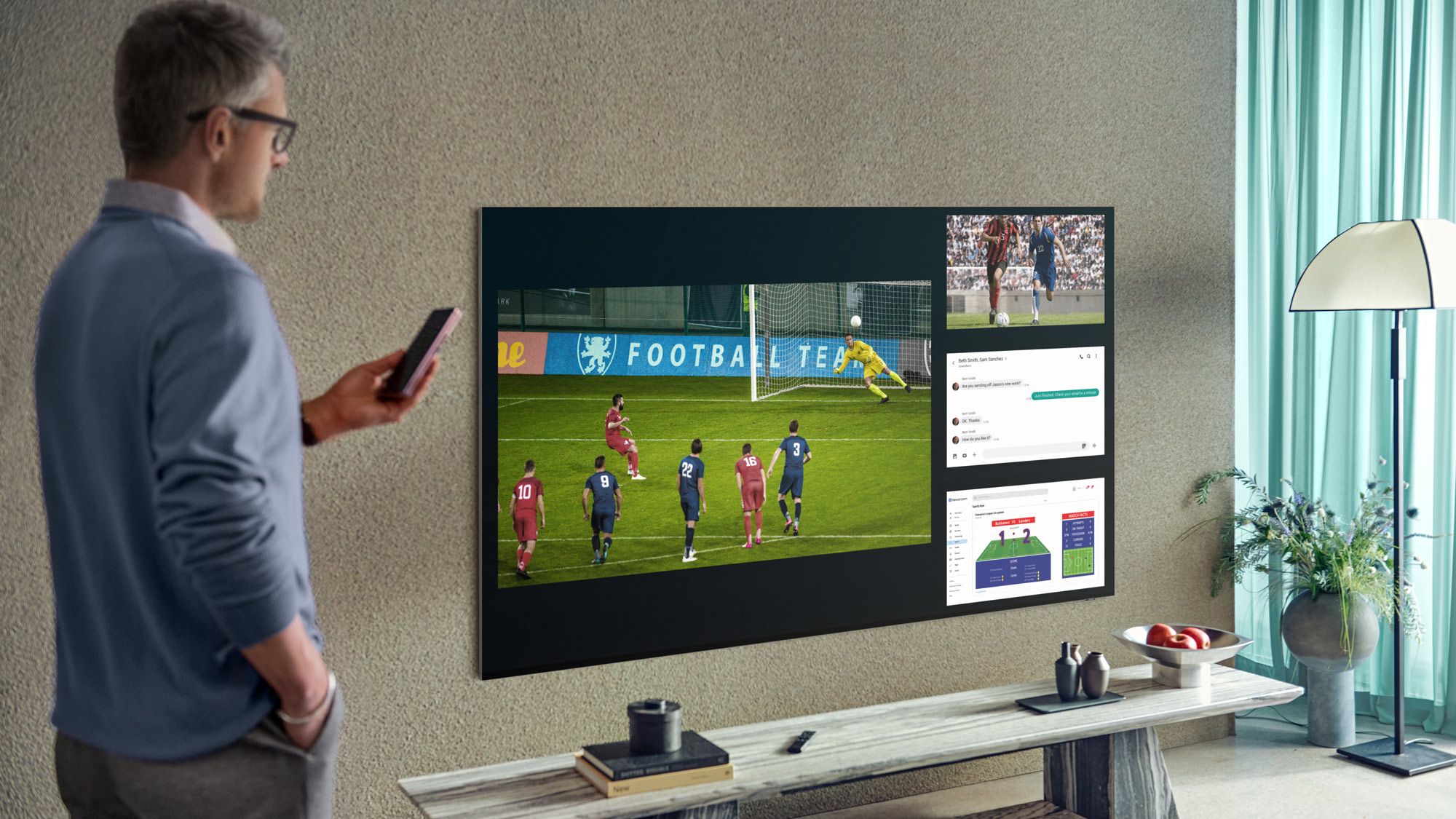
The best TVs with ATSC 3.0 not only offer excellent picture performance, but they're fully ready to support NextGen TV when it comes to a city near you.
What is ATSC 3.0? ATSC 3.0, also known as NextGen TV, is a suite of standards that will support the world’s first IP-based TV system, which marries broadband and broadcast to deliver cord-free television. Once it goes live fully, it will offer 4K over-the-air broadcasts, better sound quality, multi-language closed captioning and a number of other outstanding features.
That is, as long as TV manufacturers continue to add ATSC 3.0 tuners inside their TVs. Some, like LG and Samsung, boldly decided not to include them in some TVs. But thankfully Hisense and Sony have continued to add them in new TVs into 2025.
The technology is still in its infancy with broadcasters slowly ramping up to the full suite of features, but buying an ATSC 3.0-compatible TV means that you'll be ready to jump on-board the ATSC 3.0 train when it comes to your area.
The best TVs with ATSC 3.0 tuners
Why you can trust Tom's Guide
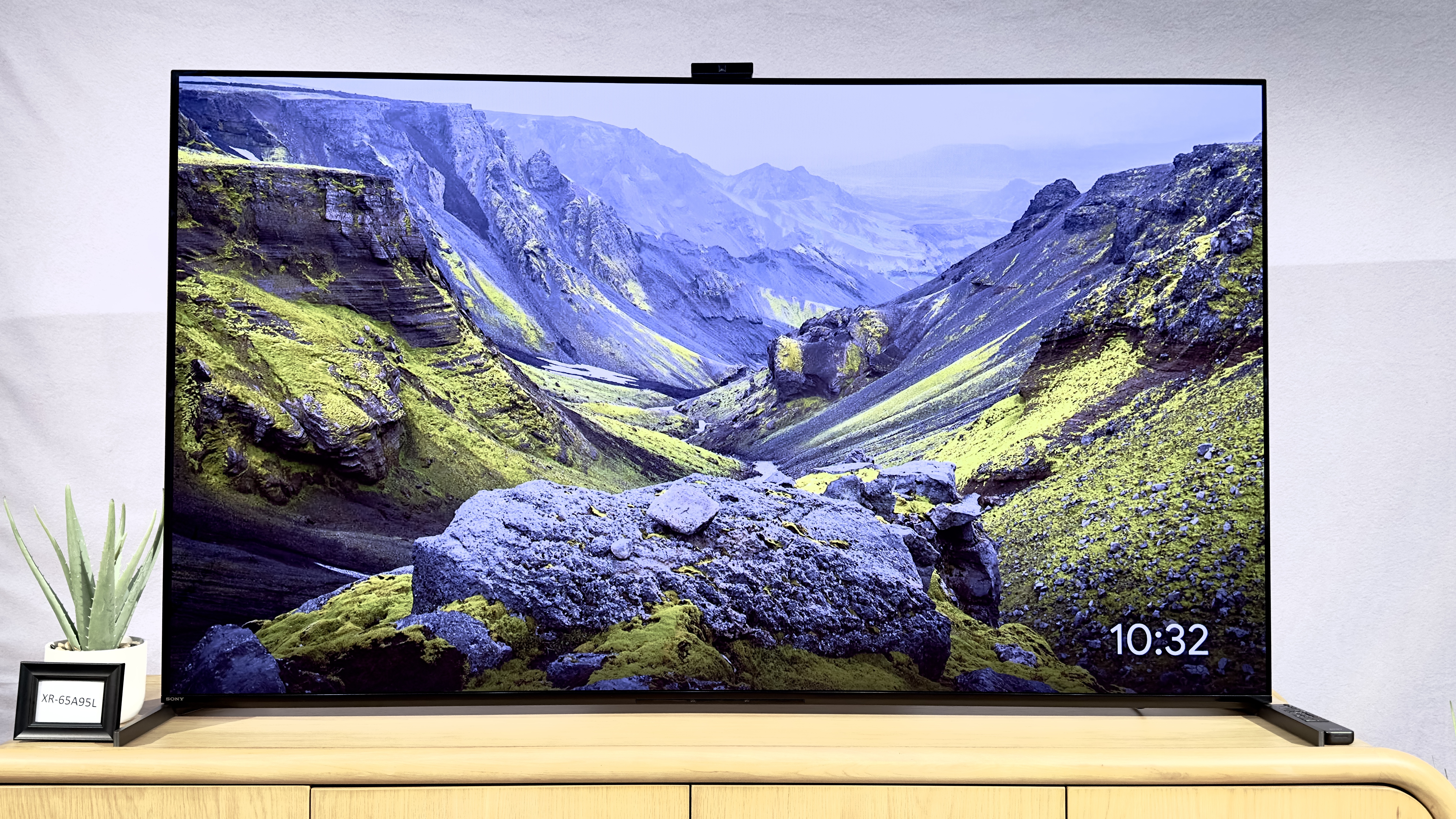
Specifications
Reasons to buy
Reasons to avoid
When it comes to over-the-air content, the Sony Bravia XR A95L OLED is king. Not only does it come with the necessary ATSC 3.0 hardware, but Sony's top-end OLED also has the best processing and picture enhancements to make HD/SDR shows look nearly as good as 4K/HDR content.
So why doesn't it have a perfect five-star rating? In our lab tests, the A95L only put out around 112 nits in HD/SDR and had a relatively high Delta E score of 2.856. This can be fixed with calibration, but other OLEDs like the LG G3 OLED further down on our list, offered more accurate color without any tweaking.
That said, for motion processing and upscaling, Sony is in a league of its own. The A95L might be one of the most expensive TVs out there, but when it comes to watching ATSC 3.0 content, it's worth every penny.
Read our full Sony Bravia XR A95L review.
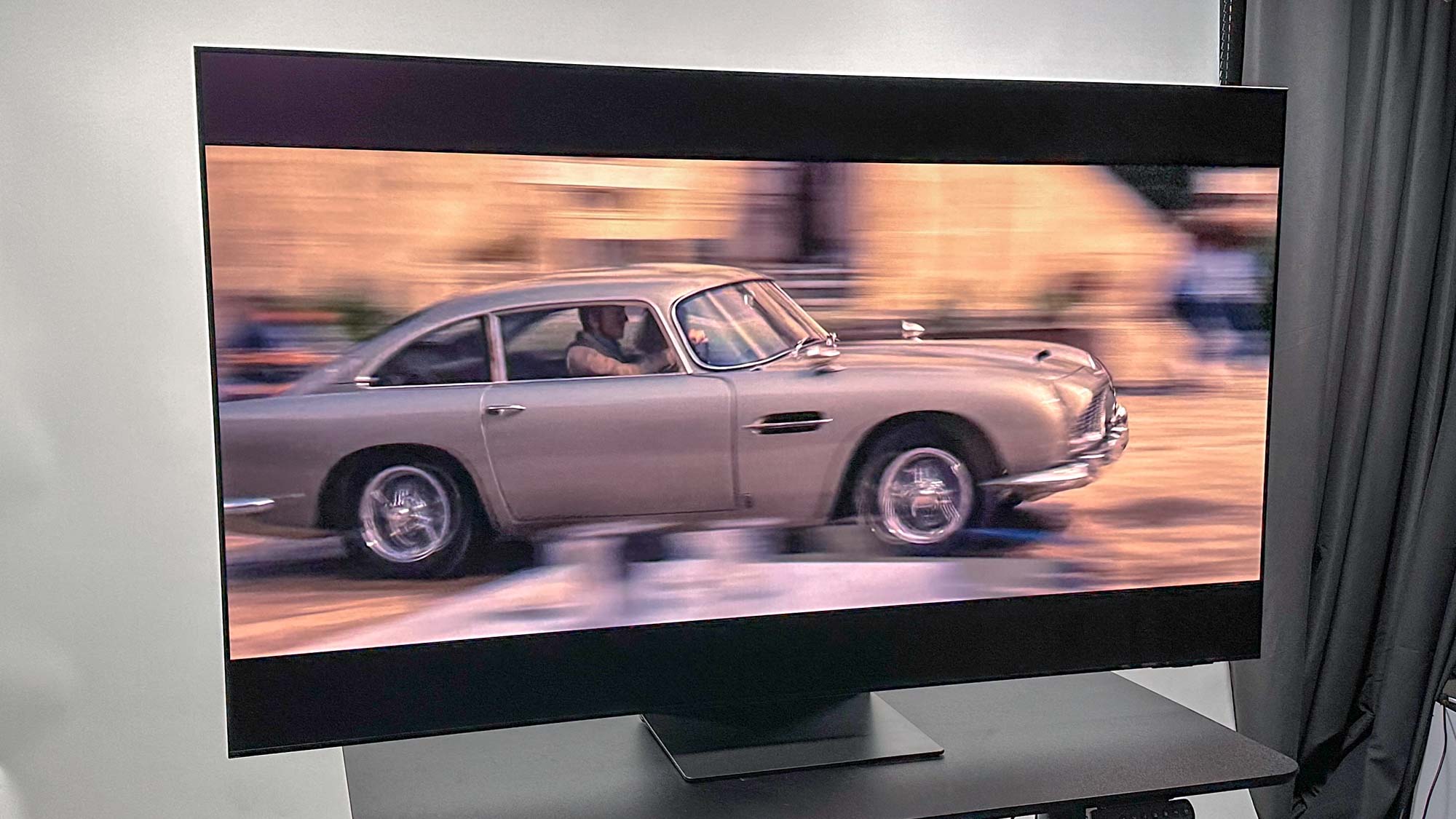

Specifications
Reasons to buy
Reasons to avoid
While you might be tempted to buy the newer Samsung S90D OLED, it's actually missing an ATSC 3.0 tuner inside. That means you'll have to instead go for last year's Samsung S95C OLED TV if you want NextGen TV.
That's not all bad news, though. Now that it's a year old, the Samsung S90C is a lot cheaper than it was last year, and its Neural Quantum Processor 4K still holds up as one of the better processors on the TV market.
When we tested the Samsung S95C OLED TV with our X-Rite i1 Pro spectrophotometer and SpectraCal CalMAN Ultimate calibration software, the display was able to reproduce about 141.5% of the Rec 709 color space in standard mode, which is great for OTA content.
For cinephiles, the Samsung S95C offers some of the highest color saturation (141.5% of the Rec 709 color space) and best color accuracy (it has a Delta-E accuracy score of 1.4) of any TV. In terms of brightness, it's 30% brighter than the Samsung S95B OLED and close to double the brightness of last year's LG OLED TVs.
Ready to save some money while still getting an awesome OLED with an ATSC 3.0 tuner? Look no further than the S95C OLED.
Read our full Samsung S95C OLED review.
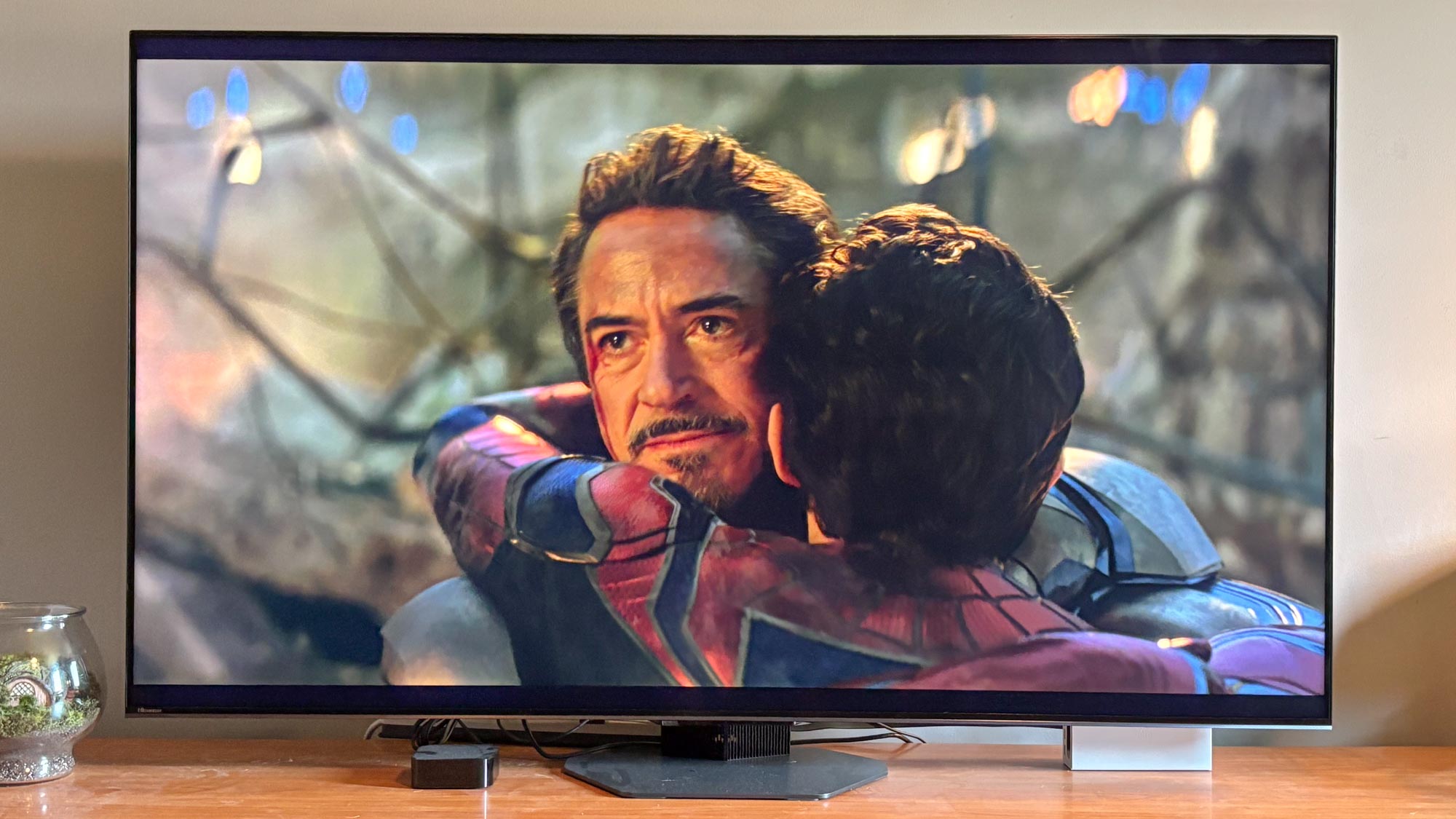
Specifications
Reasons to buy
Reasons to avoid
So far, all the ATSC 3.0 TVs we've listed offer exceptional performance but have come with an awfully high sticker price. That just isn't the case with the Hisense U8N that offers immaculate performance for around $1,000.
For that price, what you're getting is an unbelievable value. To wit, it's an extremely bright Mini-LED TV with a peak brightness of over 3,000 nits. (Most TVs peak at just over 1,000 nits, so this TV is 3x brighter than almost any TV you've ever seen.) Add to that its vibrant (if slightly inaccurate) colors, and you have a TV that will wow your friends when they come over to watch Monday Night Football.
So what's the bad news here? Unfortunately, despite having exceptional color when sitting directly in front of the screen, it does desaturate as you move away from the center. Sit too far to the left or right and the image will look gray-ish comparatively. Also, when I tested it, I wasn't blown away with its 4K upscaling in the same way I was with the Sony and Samsung listed above.
I'd still highly recommend it at this price, but if you want your over-the-air TV shows and movies to look their best, the aforementioned Sony and Samsung will get you closer to that pristine picture you're looking for.
Read our full Hisense U8N Mini-LED TV review.
What is NextGen TV?
NextGen TV is the marketing name for the new ATSC 3.0 broadcast standard, which combines traditional over-the-air broadcasting and improved digital signal encoding with internet connectivity, opening up all sorts of possibilities that were previously unimagined for free broadcast television. (Read our full article ATSC 3.0 explained: How NextGen TV delivers 4K HDR broadcasts for free to learn more.)
Highlights of the features promised by ATSC 3.0 include:
Better signal quality with less interference
Thanks to a move toward UHF signal, it's less prone to interference from obstructions, like buildings or trees, and adds orthogonal frequency-division multiplexing (OFDM), the same technology behind the latest Wi-Fi and mobile wireless technologies. It's a much more robust method for transmitting digital information, and the move will further bolster the signal quality with ATSC 3.0.
Higher resolution for over-the-air broadcast
With a bitrate of up to 57 Mbps – nearly three times as much as the older ATSC 1.0 standard – and support for H.265 and MPEG-H Part 2 codecs, the new standard can deliver much higher video quality, including HDR metadata. Broadcasts in 4K resolution are already possible, with potential for 8K broadcasts in the future.
Combines broadcast TV with broadband internet
This leverages the connected nature of smart TVs to have a dedicated return channel – an active stream of data back to the broadcaster – which makes the new broadcast system a two-way IP-based standard. That could allow broadcasters to pair their traditional content with streaming capabilities, allow for cloud DVR functions, video-on-demand and more targeted advertising.
Available on many more devices
Thanks to the more robust signal quality and the data-connected aspects of the new standard, it will offer better reception for portable and vehicle-bound TVs – two categories that have fallen off sharply since the more fragile digital TV of the ATSC 1.0 standard took effect. You could even get ATSC 3.0 on your phone, provided phone makers opt to add the necessary hardware.
The bottom line is that ATSC 3.0 is aptly named NextGen TV, because it brings several new capabilities and features to broadcast TV.
Do I need a NextGen TV tuner?
At the moment, probably not. NextGen TV is still early in its rollout, and any stations you might be able to get with the new tuner you can get on the older ATSC 1.0 standard anyway.
But, if you want the potential to receive 4K signals over the air, or to take advantage of any of the proposed features that are likely to be implemented as NextGen TV rolls out, you will need a new tuner.
While the TVs listed above have ATC 3.0 tuners built in, there are also separate tuner boxes selling now or coming to market in the near future.
How we test TVs
In our TV test space, we submit every TV to a number of lab tests, using industry-standard equipment, such as a calibrated spectrophotometer, calibration software and a dedicated test pattern generator. We measure for several indicators of picture quality, but these are the main metrics used in all of our reviews:
Color gamut, which measures how much color a given TV can produce. Expressed as a percentage rating, most OLED TVs meet or exceed 100% of the Rec709 color space.
Color accuracy, which measures the average deviation from perfect accuracy, expressed as a number (Delta-E), with higher numbers indicating less accurate color.
Contrast, measuring the difference between the darkest darks and brightest brights that a TV can produce, which is expressed as a ratio.
Brightness, measuring the peak luminance of a panel or display. This measure is reported in nits, an industry term for candela per square meter (cd/m2).
Lag time is the interval between a signal, such as button press on a game console, and the subsequent change registering on-screen. Measured with a Leo Bodnar Video Signal Input Lag Tester, this is measured in milliseconds, and provides a good indicator of how well-suited a TV is to modern gaming.
We pair this lab testing with hands-on time, viewing video samples and movies to see how these numbers translate into real-world performance. With that information, we can tell you which TVs look best, sound best and offer the best viewing experience.
Finally, we also evaluate the smart TV software and menus, getting a feel for the navigation and functions of each TV. We look at everything from the remote control design to the voice interaction to let us meaningfully talk about the smart features and overall ease-of-use for a smart TV.
Sign up to get the BEST of Tom's Guide direct to your inbox.
Get instant access to breaking news, the hottest reviews, great deals and helpful tips.
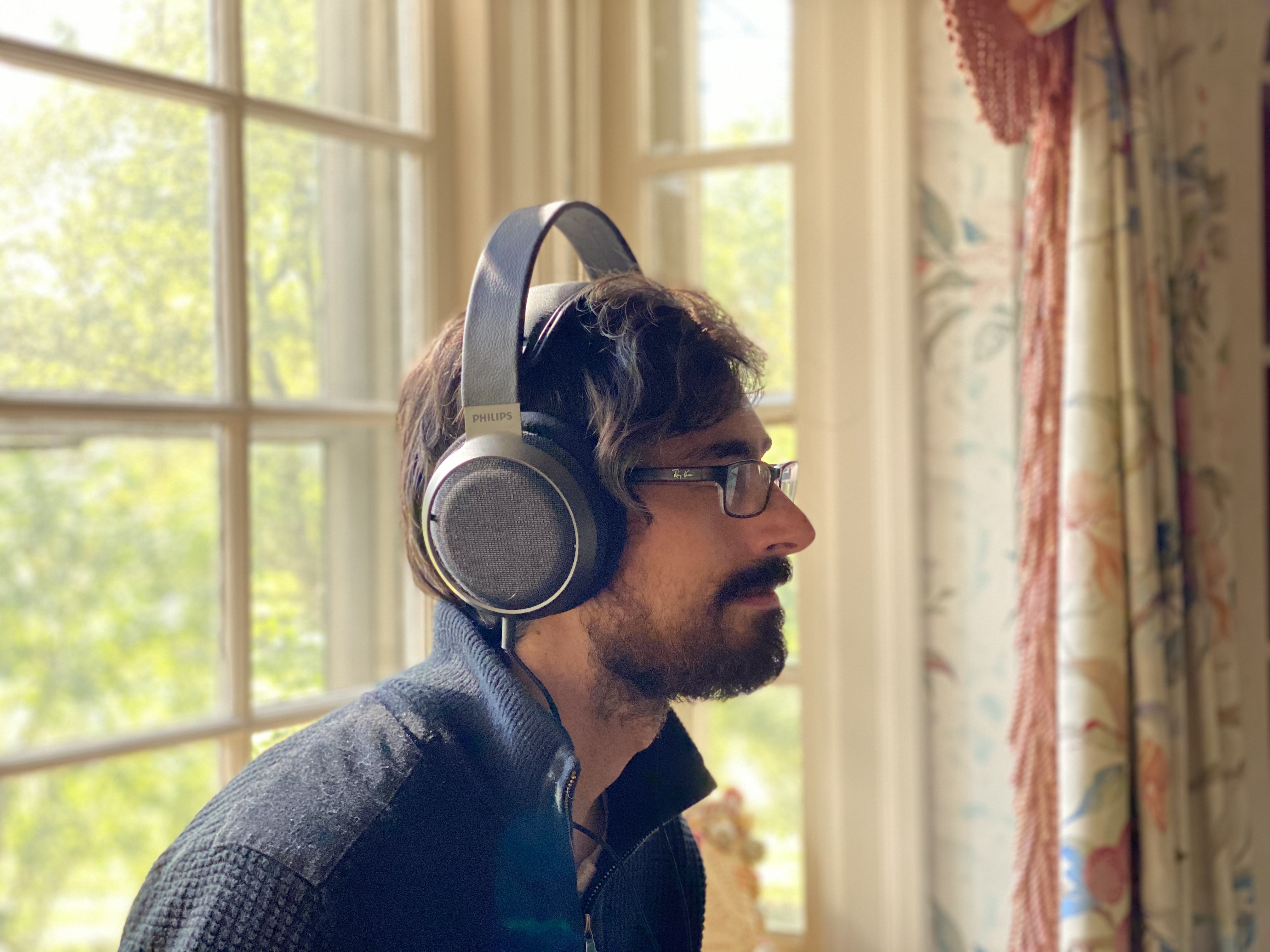
Nick Pino heads up the TV and AV verticals at Tom's Guide and covers everything from OLED TVs to the latest wireless headphones. He was formerly the Senior Editor, TV and AV at TechRadar (Tom's Guide's sister site) and has previously written for GamesRadar, Official Xbox Magazine, PC Gamer and other outlets over the last decade. Not sure which TV you should buy? Drop him an email or tweet him on Twitter and he can help you out.
